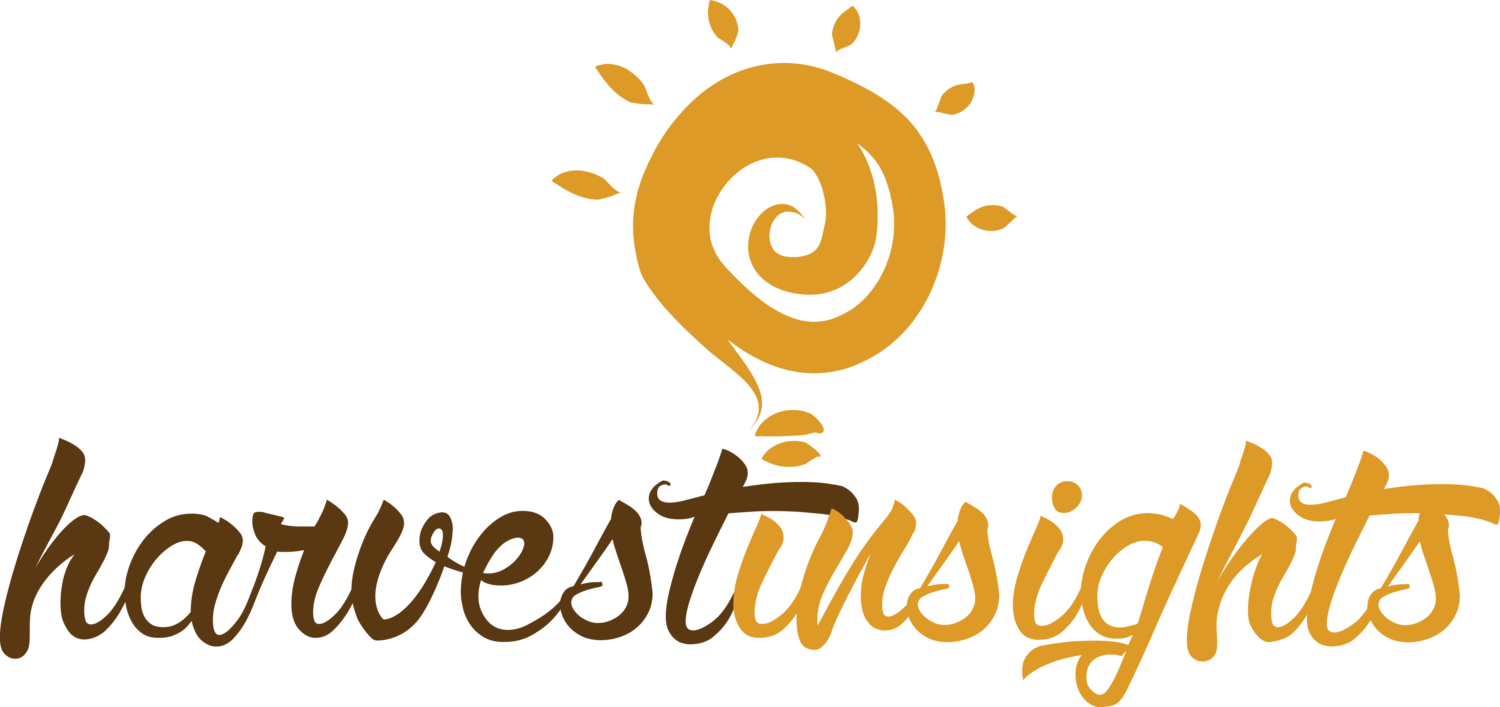Sorry if the title of this post brought back nightmarish memories of the twerking scandal of 2013. I wasn't actually referring to the song but to our shifting perspective on qualitative and quantitative research. A friend of mine, Sheila Katz, who teaches Sociology at the University of Houston wrote...
...finished my lecture in my qualitative research methods class today with about 10 minutes left in class. The class is mostly made up of students in related social sciences, but I only have 3 sociology majors in the class. I asked if anyone had any last questions, and my psychology major student raised his hand and asks "so, I don't understand why the social sciences are taught from a primary quantitatitve frame. From what I understand of qualitative research so far, we could really understand many things better if we used both qualitative and quantitative research together. So, why do most disciplines only teach us the quant research? Why are the quant classes required, but we have to go out of our way to take a qualitative research class?" Several students nod in agreement...Ahhh...Only 5 weeks in the semester, and they "get it" ---so why do so many in academia or funding agencies not get it?
It's a wonderful question. My own graduate education did include a class on qualitative methods (which Sheila and I took together), but it was not required. I think the bigger question is why aren't we offering mixed methodology courses as well. That is where I see the future of research going because the questions for which we need custom research will become more complex in nature and won't be easily answered through a simple qual or quant approach but rather through the blending of both. For example...
- Why are physicians prescribing in seemingly illogical ways?
- How do we encourage more patients to go to the doctor when they recognize signs of illness?
- How can we inspire young people to save for their retirement when they have competing financial pressures right now?
- What can we do to inspire college graduates to stay in the state instead of bolting for greener pastures?
- How do we break consumer's purchase habits?
These questions defy our traditional research methodologies because they require us to understand underlying motivations, which are difficult to measure using typical attitudinal, behavioral, or even psychographic questions. Behavioral economics, in fact, has shed light on many of our shortcomings by showing us that the rational explanation isn't always the real motivation. So, how do we understand these complex issues? Well, I would suggest that it's time for us to get more creative in our thinking of qual, quant, and everything in between.
First thing is first, we need to appreciate the value of both equally. That sounds obvious, but we've all probably worked someplace where qual was second fiddle or quanties and qualies didn't mix or qual only "opened the door" for quant or there just wasn't one or the other. It can be disheartening, but in reality, qual and quant are like my two daughters - completely different in every way but both bringing something extraordinary to the table. And, when I can get them to play Legos together, that's when the magic happens.
But how do you blend qual and quant when we have been trained and organized as separate units? I think that there are multiple ways, but all of them require us to be a little scrappy and to give up a little of our perfectionist tendencies (trust me, that's as difficult for me to write as it is for you to read). So, here are some ways I've seen it done outside of the traditional - start with qual then move to quant or start with quant then move to qual.
- Program a conjoint exercise into an online bulletin board
- Incorporate a choice-based exercise into an IDI so that you can hear why people are making selections as with yPrescribe
- Use heat mapping technology in the qualitative workspace as with Quallaborate
- Intercept online survey respondents to complete qualitative interviews about their responses
- Build a flexible panel that can respond iteratively to both qualitative and quantitative request
None of these methodologies are perfect. You frequently sacrifice sample size for deeper insight. But what you lose in reliability, you more than gain in understanding the rationale behind behavior. The key is not to see them as two distinct pieces but rather as one fully-sourced set of insights that bring the power of both methodologies to the Lego table.




